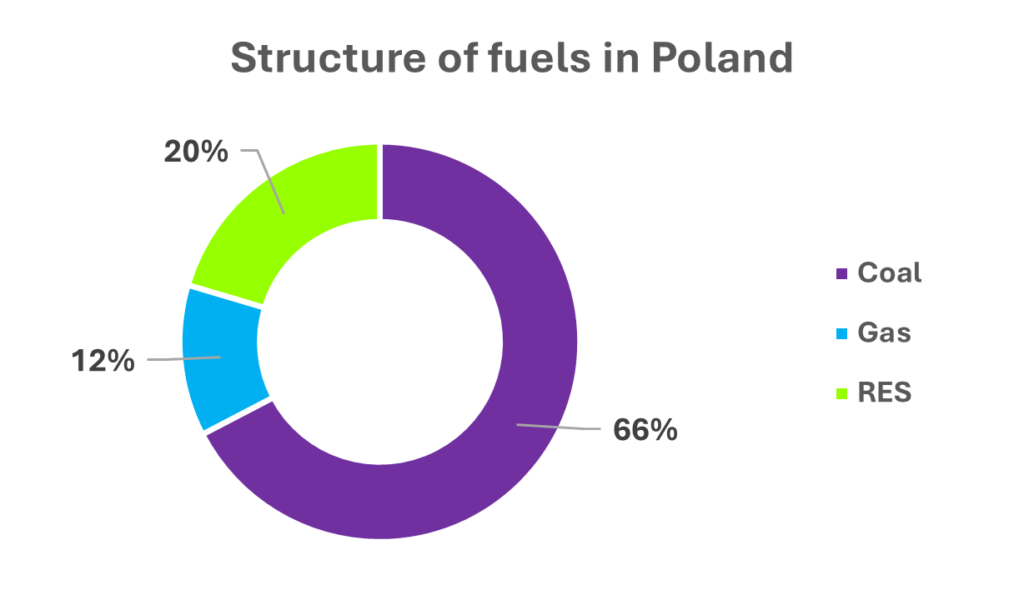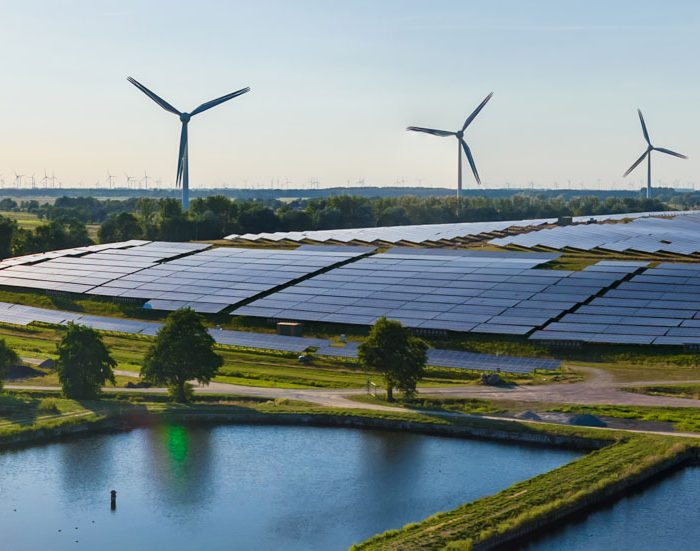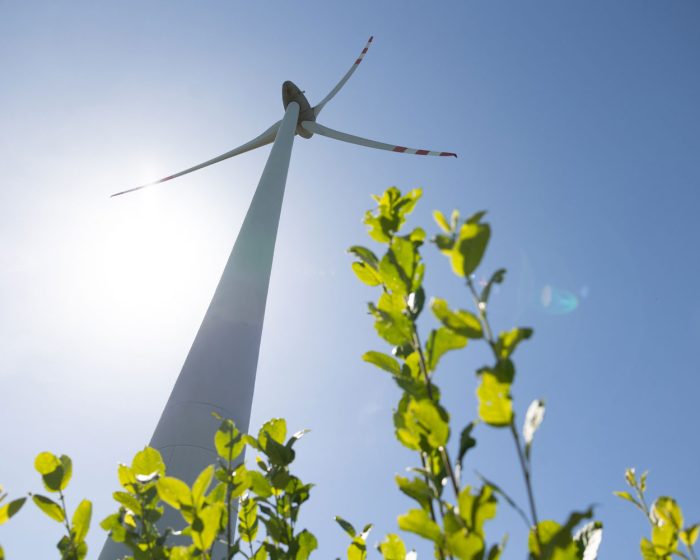Not only energy – RES as security and economic stability measures
Security is the number one topic these days, and energy security is of paramount importance in this context. If we want our country to thrive, we must have uninterrupted access to electricity, as anyone who has experienced an extended power outage would agree.
Energy independence and stability through RES
A key way in which renewables provide energy independence is by eliminating the most volatile factor: fossil fuels. In the case of renewables, imported goods, if any, are only needed during the infrastructure construction stage. After that, whether we think of solar, wind or hydro power or biomass, electricity is generated from locally available resources.
A great example of how to become independent of fossil fuels is Austria, which has a sustainable energy mix consisting of 60% hydro power, 6% biofuels, 11% wind energy and 8% solar energy. All this is supplemented by about 12% of conventional power plants, mostly gas-fired, which stabilise the mix.

Economic benefits of investing in RES
Energy stability is also dependent on the stability of the economy. Renewable energy projects (RES) can spur the development of local communities by supporting local transport and construction companies during the investment execution stage. In addition, they bring tangible benefits to municipalities in the form of property taxes and land lease payments, significantly strengthening their budgets. You can read more about the economic aspects of RES in our article on RES myths.
A great example to illustrate this potential is the United States, where the solar power sector employed more than 230,000 people in 2020. In China, on the other hand, the dynamic development of renewable energy sources has contributed to a 5% increase in gross domestic product (GDP).
To understand the magnitude of this figure, it is worth mentioning that 5% of China’s GDP in 2020 is around $736 billion. This is more than the total GDP of countries such as Saudi Arabia or Switzerland. This means that China’s RES sector alone generated more value than the economies of many medium-sized countries in the world. Such an example clearly shows that investment in RES is not only a step towards energy stability, but also a real boost for the local and global economy.
Protection against energy crises
One of the biggest challenges associated with fossil fuels is their limited availability. Making the energy mix dependent on these resources means that when they run out, we will also run out of electricity. Although this principle seems simple, it is often overlooked in discussions about renewable energy. Meanwhile, a diversified energy mix, based on renewable energy sources, is the best solution to ensure resilience to energy crises.
Renewable energy sources also have an additional, less obvious advantage. Most RES installations are distributed, meaning that they are not concentrated in one place, such as a central power station or large energy hub, but are spread out in different locations, often close to energy consumers. So there is not one huge wind or solar farm, but we benefit from many smaller installations that operate independently of each other. As a result, in the event of a natural disaster or, even worse, armed conflict, the destruction of one installation does not lead to the collapse of the entire power grid. Such a structure increases the system’s resilience to threats.
One does not have to look far to see the contrast between the way countries based on renewable energy sources survived the crisis triggered by the Russian invasion of Ukraine and the situation of countries such as Poland or the UK. Norway, for example, whose energy mix relies on hydropower for more than 98% of its energy needs, has managed to avoid drastic increases in energy prices and has maintained relative economic stability. In contrast, Poland, where more than 70% of energy comes from coal, and the UK, whose mix still relies heavily on natural gas (around 40%), have been affected by sharp increases in energy costs, with a significant impact on inflation. Countries dependent on fossil fuels were hit hardest by the crisis, as they were more vulnerable to rising energy commodity prices and supply disruptions.
Quo vadis, Poland?
As you can see, Poland has a long way to go. However, it is not as difficult as it might seem. Our country is actually ideal for creating a balanced mix of wind, hydro, solar and biofuel energy, considering our geographical location and existing infrastructure.
However, the idea alone is not enough. Investments need to be made in RES, not only on an infrastructural and technological level, but also on an educational and social level. Fortunately, much investment towards this goal has already been made, for example through support programmes for the development of photovoltaic systems or heat pumps.
Rome was not built in a day, and neither will Poland’s RES be built overnight. However, according to forecasts, by 2040 Poland’s energy mix will consist of 73% renewable energy sources. What about the remaining 27%? Perhaps it will be coal-fired power plants, although there is also a chance that a larger share will go to the greener nuclear technology.
The progress of RES does not only depend on the people in power, but also on us. We can make our contribution by installing photovoltaic panels or a heat pump, or by joining an energy cooperative. The energy transition is a massive undertaking, requiring cooperation at every level.
That’s why we’re glad you’re reading our articles, and we encourage you to continue to educate yourself about renewables and, where possible, educate others for a safe and green future.
[2] Data as of November 2024 https://www.rynekelektryczny.pl/produkcja-energii-elektrycznej-w-polsce/
Read also

What is renewable energy?
The best way to explain renewable energy is to start with a definition of non-renewable energy. Since the industrial revolution, humans have relied primarily on non-renewable energy sources. First there was coal, then came oil and gas. The problem with these resources is that access to them has been limited and using them to produce […]

The economic secrets of RES. What does renewable energy do to our wallets?
Renewable energy sources are a relatively new part of our energy reality and as a result, many myths have grown up around them. In this article, we will take a look at the most commonly asked questions and economic concerns about RES. We will explain their causes and show the costs and benefits of renewables […]

Biomass: energy hidden in everyday waste
Biomass is a natural treasure hidden in our everyday surrounding – organic matter that comes from plants, animals and their waste that we can convert into energy. Imagine wood, plant leftovers or even waste from your kitchen being turned into heat, electricity or fuel for cars instead of being wasted. This is nature’s ecological response […]




